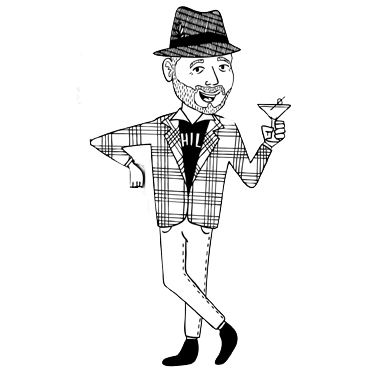
It was on this date in 1881 that Guiteau shot President James Garfield at a train station in Washington, D.C. So who was Charles Guiteau? Basically, Guitea was a psycho creep who loitered around the White House every day, assuming that if he persisted, newly elected president Garfield would make him ambassador to Paris. But Garfield decided that, for some reason, he would prefer not to have a crazed lunatic as a foreign emissary, so Guiteau was repeatedly denied in his quest. Fed up, Guiteau went and bought a revolver, and on July 2nd he shot the President as he prepared to board a train. Strangely, part of Garfield’s entourage at the time was none other than Robert Todd Lincoln.
The real tragedy of Garfield’s death, 11 weeks after the shooting, was that it was caused not by the bullet but by doctors. After the shooting, numerous doctors (including lead physician with the amazing name of Dr. Doctor Bliss. Yes, his parents had named him Doctor.) stuck their unsterilized fingers and instruments into his body in an attempt to find the bullet. Mistakingly believing that the bullet had lodged in the intestine, doctors ordered that Garfield eat almost nothing, further weakening the President and essentially starving him to death. Alexander Graham Bell devised a metal detector to find the bullet, but since Garfield was lying on a bed with a metal frame, the machine malfunctioned. (Incredibly, no one at the time could figure out why). Garfield was moved to the Jersey Shore on September 6th, and died in Long Branch, New Jersey on September 19th.
Guiteau’s trial was a circus, with him reciting poetry and songs in the courtroom, and taking out a personal ad in the New York Herald for a nice Christian lady under 30. He began making plans to run for president in 1884. His insanity defense was denied, though he was obviously out of his mind, and he was hung on June 30th, 1882, almost exactly a year after he had shot Garfield. The Philly connection: Part of Guiteau’s brain is currently on display at the Mutter Museum.
RELATED: Excellent 2006 article in the New York Times about the poor performance of Garfield’s doctors.

